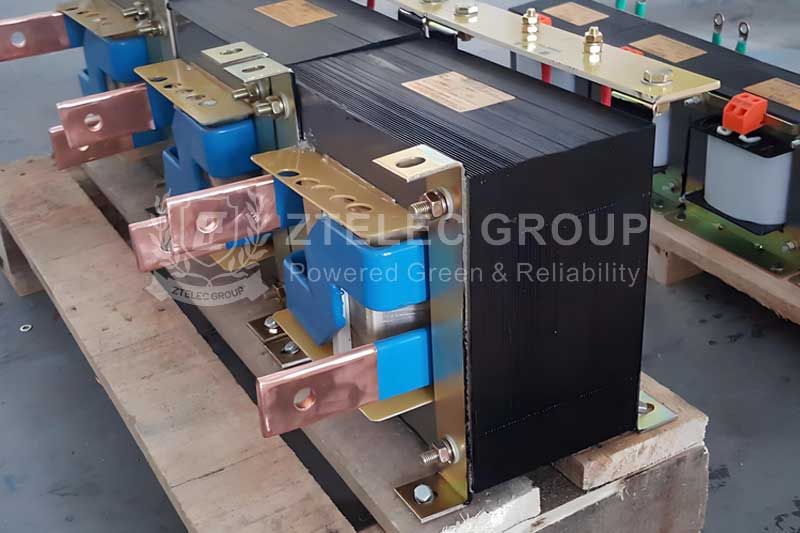What is a control transformer?
A control transformer is a device used to step up or down the voltage of alternating current. Control transformers are used in power supplies, which regulate the output of various devices. For example, if you have a light bulb that runs on 120 volts and needs to be switched off when it gets too hot (because it’s not meant to operate at such high temperatures), you can use this type of transformer to switch out your light bulb before it reaches its maximum temperature point this way no damage will be done.

Control transformer is a dry type transformer usually used in various control circuits, such as various mechanical equipment.
What is the working principle of a control transformer?
The control transformer works on the principle of electromagnetic induction. A transformer has two sets of coils, primary and secondary coils. The secondary coil is outside the primary coil. When the primary coil is connected to the alternating current, the transformer core generates an alternating magnetic field, and the secondary coil generates an induced electromotive force.
What are features of a control transformer?
1.Stable Voltage Output: most control transformers ensure consistent low-voltage power for control circuits, preventing voltage fluctuations.
2.Mechanism of Providing Stable Voltage: Uses electromagnetic induction to convert high voltage to stable, low voltage.
3.Electrical Isolation: Separates primary and secondary windings to protect control circuits from power surges and spikes.
4.Safety and Protection Aspects: Enhances system safety by isolating control circuits from high-voltage sources, reducing fault risks.
5.Noise Filtering: Filters out electrical noise and interference, ensuring smooth and accurate operation of control circuits.
6.Reducing Electrical Noise and Interference: Minimizes disruptions in control systems by filtering out unwanted electrical noise.
7.Durability: Built with high-quality materials and robust design to withstand harsh industrial environments.
What are the types of a control transformer?
There are two types of control transformers: step up and step down. These are the most common, but there are other options as well.
Step Up Transformer: This type of transformer matches the voltage level of your power source and load by increasing or decreasing its output voltage (voltage). For example, if you want to run a 12V appliance from a 24KV battery pack while charging your phone in another room, you could use this type of transformer.
Step Down Transformer: This type of transformer decreases an existing voltage by using resistors to adjust it down toward zero volts until it reaches zero at which point it becomes DC current flowing through it once again (no more AC).
In addition, there are two types of control transformers, autocoupling and isolation.
What are the applications of control transformers?
Control transformers are used in a wide range of applications, where precise voltage control and isolation are essential. Some of the common applications include:
Industrial Machinery: Control transformers are used in various industrial machinery, such as conveyor systems, pumps, and motors. They provide the necessary voltage regulation and isolation to ensure smooth operation and protect the control devices.
HVAC Systems: Heating, ventilation, and air conditioning (HVAC) systems often require control transformers to regulate the voltage for control circuits. These transformers help maintain optimal temperature and airflow control in commercial and residential buildings.Motor Control Centers: Control transformers are an integral part of motor control centers (MCCs). MCCs are used to control and protect electric motors in industrial applications. The transformers provide the voltage levels required for motor control and ensure safe operation.
Lighting Control Systems: Control transformers are used in lighting control systems to regulate the voltage for dimming and switching operations. They enable precise control of lighting levels in commercial buildings, theaters, and other venues.








Leave A Comment